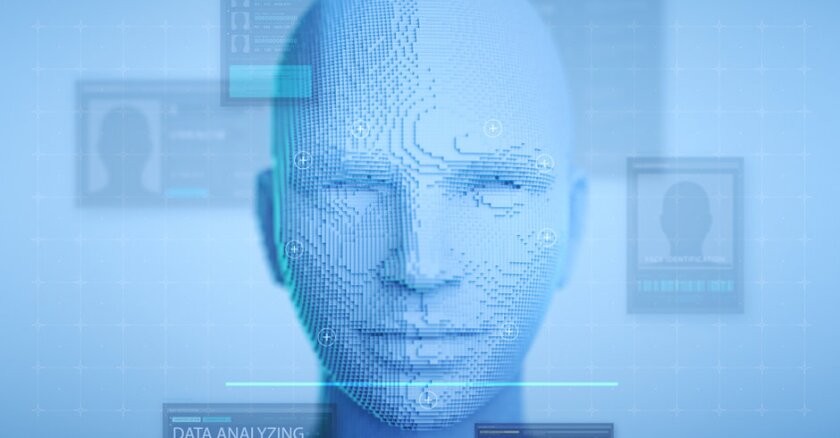One of the most glaring examples of surveillance technology misuse is the unwarranted and disproportionate surveillance of people of color. The deployment of facial recognition software, for instance, has been rife with controversies, as studies consistently reveal its inherent biases against people with darker skin tones. This bias leads to misidentifications, false arrests and an erosion of trust between marginalized communities and the authorities meant to protect them.
Take the case of Robert Williams, an African American man from Michigan, who was wrongfully arrested in front of his family because of a false match by facial recognition software. Williams became a victim of the very technology that was supposed to maintain public safety, highlighting the grave consequences of relying on tools that disproportionately impact communities of color.
Beyond facial recognition, the misuse of surveillance extends to predictive policing algorithms that claim to forecast criminal activity. These algorithms, often trained on biased historical data, perpetuate existing prejudices, leading law enforcement to focus disproportionately on certain neighborhoods and individuals. This exacerbates the over-policing of communities of color and perpetuates a cycle of systemic discrimination.
Consider the example of Elijah Pontoon in South Carolina, whose car was pulled over by police for a supposed “suspicious activity” predicted by a predictive policing algorithm. The encounter escalated unnecessarily, with Pontoon and his girlfriend subjected to a humiliating and unwarranted search. The consequences of such encounters extend beyond the immediate trauma, affecting individuals’ mental well-being and their trust in the institutions meant to protect them.
These instances of surveillance technology misuse underscore a critical issue: the erosion of civil liberties in the name of public safety. The Fourth Amendment, which protects against unreasonable searches and seizures, is compromised when surveillance technologies are deployed without adequate oversight or safeguards against abuse. This erosion disproportionately impacts communities of color, intensifying existing disparities in the criminal justice system.
The consequences of such surveillance technology misuse are not confined to individual interactions with law enforcement; they extend to livelihoods and economic well-being. Consider the case of James Blake Miller, an entrepreneur in Detroit whose business suffered due to unwarranted attention from the police. His facial recognition misidentification led to repeated disruptions, negatively impacting his ability to conduct business and maintain the trust of his clientele.
Furthermore, the chilling effect of constant surveillance on communities of color cannot be overstated. The fear of being unjustly targeted stifles freedom of expression and stifles community engagement. In turn, this exacerbates existing social and economic disparities, hindering the ability of these communities to thrive.
Addressing the issue of surveillance technology misuse requires a comprehensive approach. Firstly, there must be a reevaluation of the use and deployment of these technologies, with a focus on transparency and accountability. Legislative measures should be enacted to ensure that surveillance tools are used ethically and that individuals are protected from unwarranted intrusions into their private lives.
It is imperative to address the systemic biases ingrained in these technologies. Facial recognition algorithms, predictive policing models, and other surveillance tools must be rigorously tested for fairness and accuracy, with a commitment to eliminating any biases that disproportionately impact marginalized communities.
Community engagement and input are crucial in shaping the policies surrounding surveillance technology. Communities, particularly those most affected by the misuse of these tools, should have a say in how they are deployed and hold law enforcement agencies accountable for their actions.
In the quest for public safety, we cannot afford to sacrifice the very principles that underpin a just and equitable society. It is high time to ask: Who’s watching the police watching me? The answer should be a vigilant public, armed with the knowledge and tools to ensure that surveillance technology is a force for good, rather than a threat to the fundamental rights of individuals, especially those from marginalized communities.
© 2024 Fort Worth Star-Telegram. Distributed by Tribune Content Agency, LLC.








